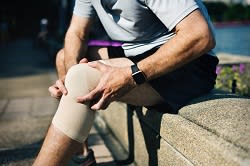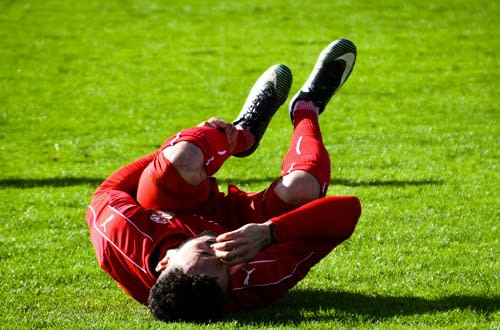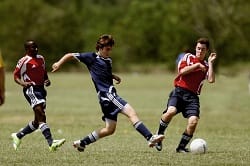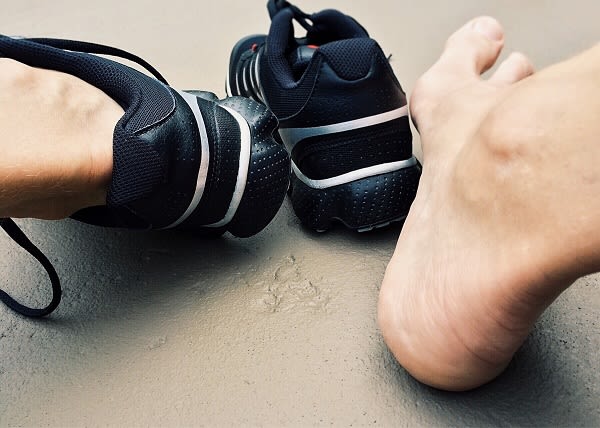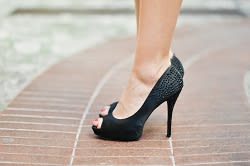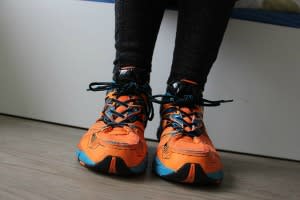By Robert Weiss, DPM
Do you have slight tightness in the side of the thigh, or pain when walking downstairs or running downhill? If so, you may have Iliotibial Band Syndrome or a medical condition that causes pain on the outside of the knee. This syndrome affects mostly athletes, espeically those new to exercise or distance runners.
The iliotibial band is a superficial thickening of tissue on the outside of the thigh and leg. This band starts on the outside of the pelvis and runs over the outside of the hip and knee, inserting just below the knee. It has been a primary cause of lateral knee pain in runners as well as other athletes.
The injury is believed to be caused by friction between the outside hip bone and the iliotibial band, or a development of a bursa tissue between the two structures, with accompanying inflammation.
While running, the iliotibial band works to stabilize the knee. Before and during foot strike, the band helps to rotate the leg inward to stabilize it during that phase of running. As the knee bends and the foot pushes off, the iliotibial band moves from behind a prominence of the hip bone and to the front of it.
It is the continuous rubbing of the band over the bony prominence that causes a problem. The individual will usually experience pain over the lateral lower hip bone. He or she will be able to walk long distances or play other sports such as squash or tennis without discomfort, but walking downstairs may aggravate the pain.
Also, any repetitive movements of an upward or downward motion will create pain in the knee, especially running, cycling or skiing. In some cases, the pain becomes so severe that it will limit the individual to a short distance. Any downhill running will also create marked pain.
Treatment is directed towards correcting the painful rubbing of the iliotibial band over the lateral lower aspect of the thigh bone. If there is a natural tight band, stretching it every day, especially before your run, will help make the band more flexible and less prone to injury.
If you're a distance runner, try to decrease your mileage. If you run on a pitched surface, either the shoulder of a road or track, try to alternate the direction in which you run. This change will eliminate putting too much stress on the iliotibial band of one leg.
When returning back to your running program, do so in moderation and run on soft surfaces. Also avoid downhill running. In the more severe cases, anti-inflammatory medication and foot orthotic devices may be helpful in rare instances, a last resort may be partial surgical release of the thigh band. However, this procedure is not warranted unless conservative methods have failed.
The long term prognosis for iliotibial band syndrome seems to be fair to good in most cases, although some individuals can have recurring problems if they go back to high mileage too quickly. It is important to start back slowly to build a solid foundation in order to gain speed and distance.
Dr. Robert F. Weiss, a sports podiatrist, was a member of the Medical Advisory Committee of the 1984 and 1988 Olympic Marathon Trials. Weiss is a veteran of 35 Marathon & has a practice in Darien; affiliated with Stamford Hospital and member of Stamford Health Medical Group-Foot & Ankle.
Featured Expert/ Author


